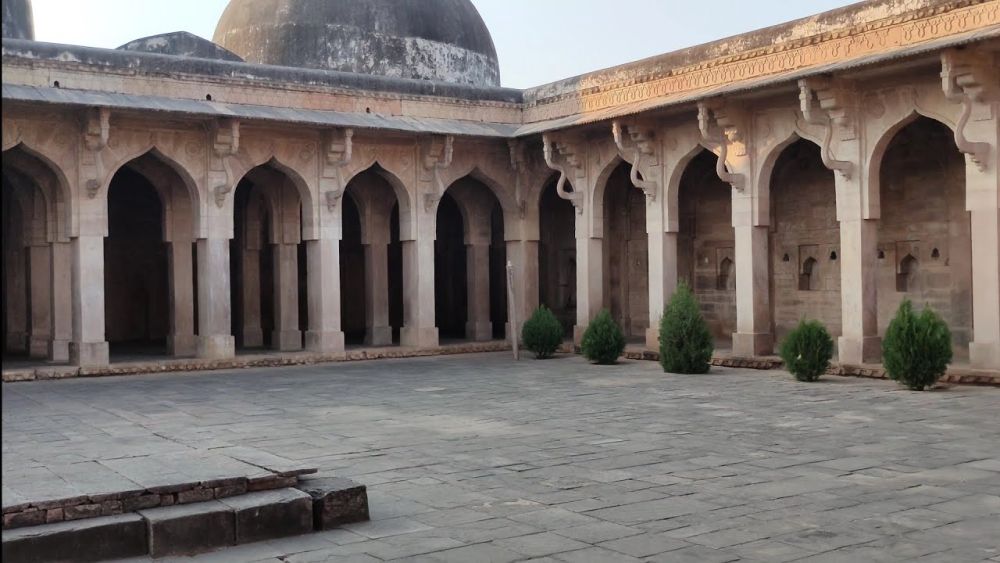

The Jama Masjid, a historical marvel located in Chanderi, Madhya Pradesh, India, is a testament to the region's rich Islamic heritage and Mughal architectural influence. Chanderi, with a tapestry of cultural narratives and historical landmarks, has positioned itself as a significant site in the lexicon of Indian tourism.
Built during the reign of Sultan Ghiyas-ud-din Khilji of the Malwa Sultanate in the 15th century, the Jama Masjid of Chanderi is an architectural masterpiece that speaks volumes about the ancient grandeur of Islamic architecture in India. The mosque has withstood the test of time, enduring through centuries as both a place of worship and a symbol of historical significance.
The history of tourism in Chanderi is deeply connected to its monuments, with the Jama Masjid being one of the focal points. The town gained popularity as a tourist destination owing to its numerous historical sites, predominantly from the era of the Bundela Rajputs and the Malwa Sultans.
It was not until the early 21st century that Chanderi began to emerge on the global tourist map, attributed to the efforts of the government and several NGOs that worked to promote the ancient town's handloom heritage as well as its historical significance.
Visitors to the mosque are treated to a spectacle of intricate stone lattice work and an imposing 30-metre high set of steps leading to the entrance. Its well-preserved prayer hall and pulpit (mihrab) are indicators of the meticulous craftsmanship of the time. Despite the mosque's antiquity, it remains in excellent condition, serving as a space for prayer and reflection for the local population, as well as a subject of study for architecture enthusiasts and historians.
In recent years, Chanderi has seen a surge in tourism due to its inclusion in various heritage tourism circuits. Initiatives such as 'Make in India' and 'Incredible India' have played a pivotal role in bringing Chanderi's treasures to light. Sustainable tourism has become a key trend, with an emphasis on preserving the town's environment, history, and socio-cultural fabric. There is also a growing trend of experiential and educational tourism, where visitors immerse themselves in local crafts, cuisine, and lifestyle.
With the Indian Government's emphasis on reviving historical sites, the Jama Masjid of Chanderi is likely to continue drawing tourists from across the globe. Enhanced visitor facilities and conservation efforts are poised to ensure the mosque remains not only a sacred space for worshippers but also a beacon of historical tourism in Madhya Pradesh.